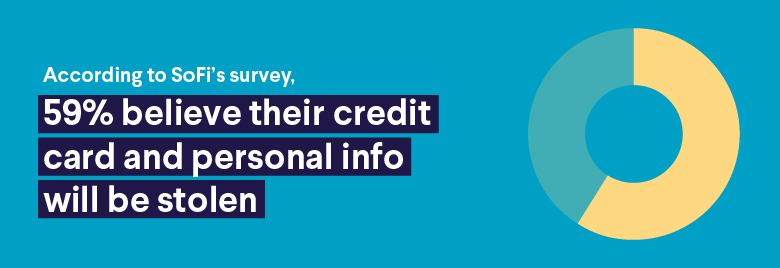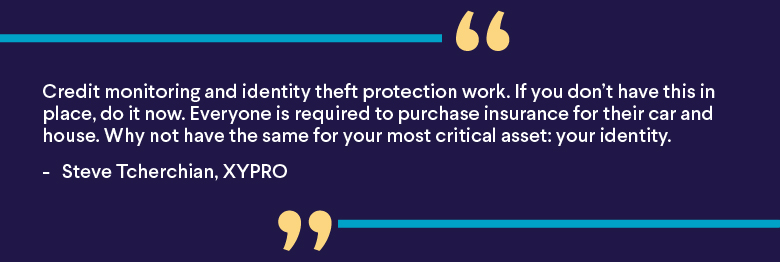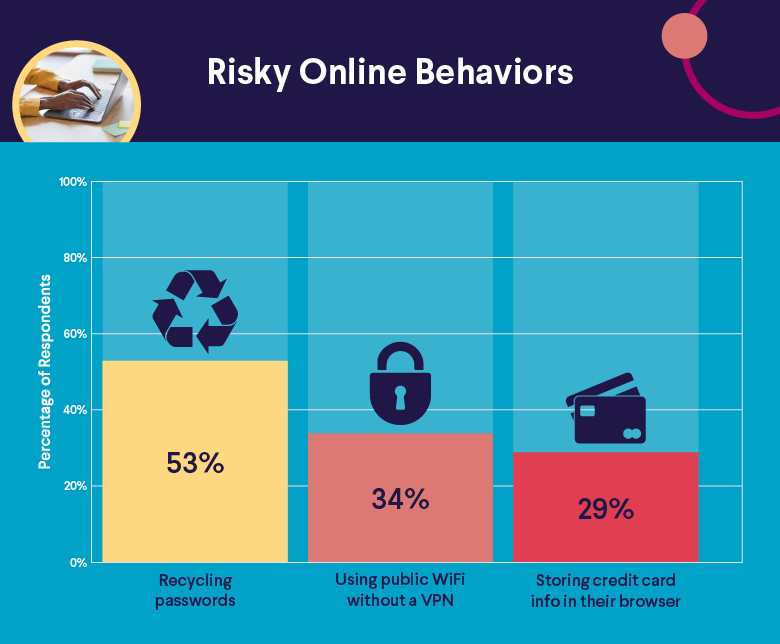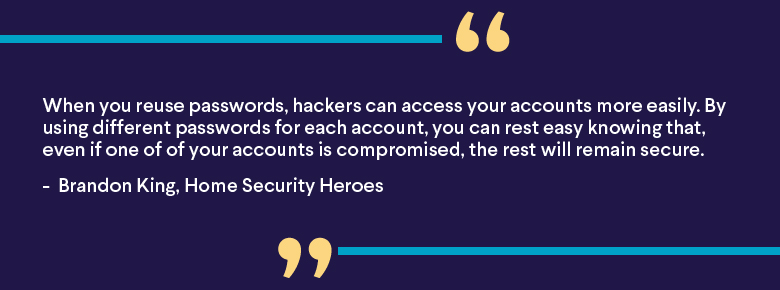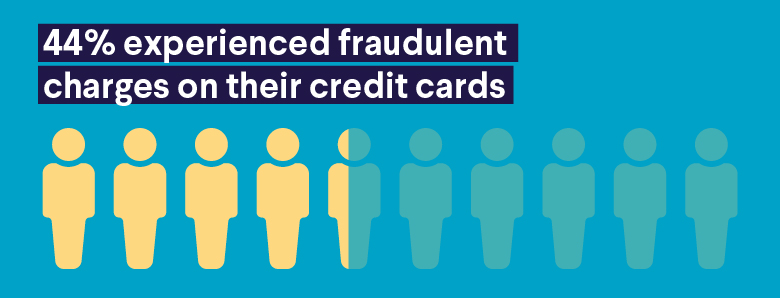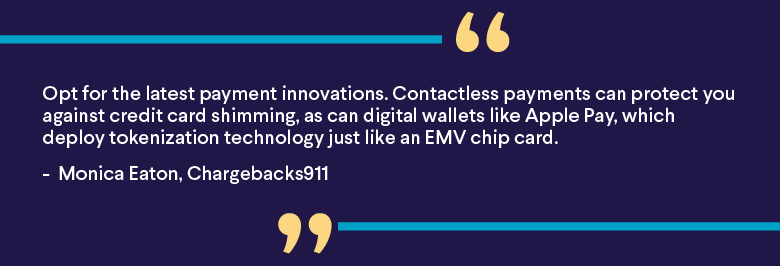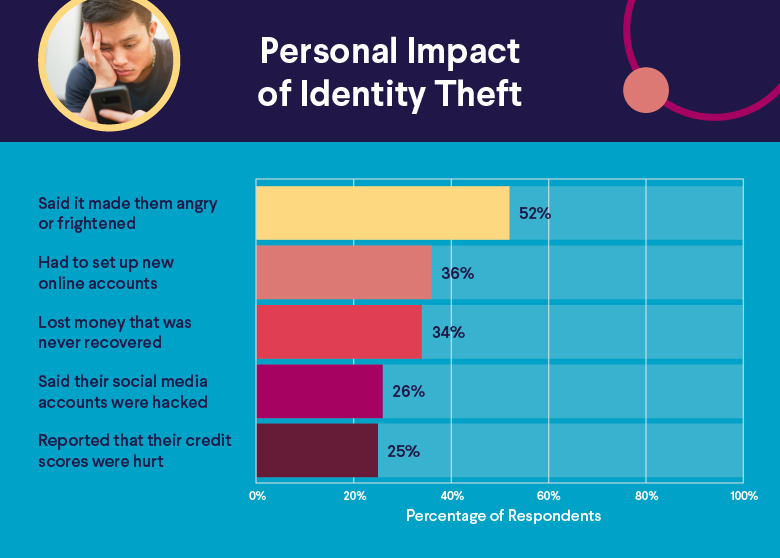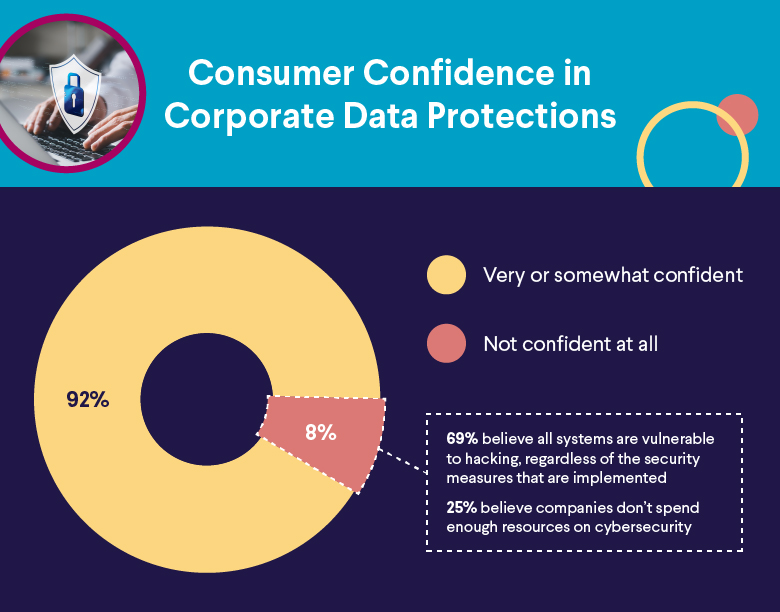Can You Rent a Car With a Debit Card?
Renting a car with a debit card is possible at certain car rental agencies. For some people, this may be a preferable way to conduct this transaction, but you may have to take additional steps before you get behind the wheel.
If you don’t have a credit card, it’s a good idea to research which rental agencies allow you to use a debit card — and understand the extra steps you’ll have to take before they hand over the keys.
Learn more about what to expect here, including:
• Can you use a debit card to rent a car?
• Which companies let you rent a car without a credit card?
• What are the pros and cons of renting a car with a debit card?
• What are alternatives to renting a car with a debit card?
Get up to $300 when you bank with SoFi.
Open a SoFi Checking and Savings Account with direct deposit and get up to a $300 cash bonus. Plus, get up to 4.60% APY on your cash!
Is It Possible to Rent a Car With a Debit Card?
So, can you use a debit card to rent a car? Yes! You’ve just got to find rental car agencies with a debit card policy. Though their policies differ and this list is not comprehensive, these are among the agencies that allow drivers to rent a car without a credit card:
• Alamo
• Avis
• Budget
• Dollar
• Enterprise
• Hertz
• Thrifty.
Note that not every franchise follows corporate policy and that airport rental agencies may have additional requirements for renting a car with a debit card. It’s a good idea to call the specific location from which you hope to rent a car using a debit card. You can then make sure you understand what requirements must be met before you get behind the wheel.
If you’re renting a car with a debit card, a rental agency might require a security deposit and run a credit check on you. You may also have to provide multiple forms of identification and proof of return travel, be at least 25 years old, and/or have a debit card with a common logo, like Mastercard, Visa, or Discover.
Recommended: Cheapest Ways to Rent a Car
Why Do Many Car Rental Companies Require a Credit Card?
While you may be able to use a credit card like a debit card in some situations and vice-versa, renting a car is a special case. Can you rent a car with a debit card? Yes, in many situations. But do rental car companies want you to? Probably not.
Credit cards offer multiple types of assurances to a rental car agency. For starters, a credit card signals to them that you are trustworthy and responsible — two traits that a company might value before lending you a $30,000+ piece of heavy machinery.
Credit cards also enable rental car companies to collect money for any repairs, tickets, tolls, and other fees. Because of the open line of credit on the card, the rental agency knows it can charge you for incidentals as necessary — without requiring a large security deposit from you upfront.
Recommended: Can You Use a Debit Card Online?
Pros of Renting a Car With a Debit Card
Renting a car with a credit card certainly seems easier, but are there advantages to using a debit card? Most definitely. Here are some of the pros of using a debit card to rent a car:
• No credit card necessary: The biggest advantage is also the most obvious. If you can’t qualify for a credit card or simply don’t want one, using a debit card allows you to rent a car without needing a line of credit.
• No credit card interest: If you pay your credit card off in full each month, you probably aren’t worried about credit card interest. But if you suddenly have a charge for a car rental surpassing $1,000, you might be tempted to just make your minimum payment on your credit card — and rack up interest. By paying with a debit card upfront, you don’t risk accruing credit card interest.
• No impact on credit utilization: High credit utilization can drive down your credit score. By using a debit card, you won’t tap into any of your available credit. However, if the agency runs a credit check for debit card users, the hard inquiry could impact your credit score temporarily.
Cons of Renting a Car With a Debit Card
Yes is the answer to “Can I rent a car with a debit card?” But paying for a rental car with a debit card can have drawbacks. Here are some of the top downsides of renting a car with a debit card:
• No perks: By swiping your debit card, you may be missing out on credit card travel insurance offered to cardmembers. If you have a rewards credit card that earns cash back or points for every purchase, you may also be leaving money on the table by using a debit card.
• Security deposit: When using a debit card, you’ll often have to pay the full cost of the rental upfront. On top of that, an agency may hold additional funds as a security deposit. This could reduce the cash you have in your checking account to spend while on your travels.
• Credit check: Without a credit card, the rental car agency may perform a credit check before allowing you to get behind the wheel. This can result in a hard inquiry on your credit report.
• More hoops to jump through: In addition, rental agencies may require multiple forms of ID, might have age requirements, and may even need to see proof of scheduled return travel to allow you to pay with a debit card.
Is It Better to Rent a Car With a Debit or Credit Card?
Do you need a credit card to rent a car? Not necessarily. If you cannot qualify for a credit card or do not want one, renting with a debit card is the right choice for you.
That said, using a credit card can offer some perks. Doing so is likely the better approach for many drivers since it won’t require a security deposit, may have built-in car insurance, and won’t necessitate a credit check by the agency.
Is It Safer to Rent a Car With a Debit or Credit Card?
If you’re wondering about using a credit card vs. debit card, renting a car with a credit card is generally safer than renting a car with a debit card.
While paying with both debit cards and credit cards is often an option, credit cards offer a heightened level of zero-fraud liability thanks to stricter federal regulations. Your credit card may also offer rental car insurance as part of its perks, meaning extra protection on the road.
Alternatives to Car Rentals With Debit Cards
You’ve just learned the answer to “Can I use a debit card to rent a car?” is often yes. But what if you don’t have a debit card or don’t want to use your debit card to rent a car? Consider some alternatives:
• Using a credit card: The main alternative is paying for a car rental with a credit card. In fact, this is usually the better option for the driver and the rental agency.
• Riding with another driver: If someone else in your party has a credit or debit card and is willing to pay for the rental, let them get behind the wheel. Many companies allow you to pay an additional fee to add a second driver if you’d also like a turn in the driver’s seat.
• Paying with a prepaid card or cash: While rental car agencies will likely require a credit or debit card to secure the rental, some agencies may allow you to pay with a prepaid gift card, money order, or even cash at the end of the rental agreement — once the car has successfully been returned.
Recommended: Common Misconceptions About Money
Ways to Protect Yourself While Renting a Car
Renting a car can be stressful, but it also enables you freedom to travel, allows you to put miles on a car that isn’t yours during road trips, and may come in handy when your vehicle is being worked on. Here’s how you can protect yourself when renting a car:
• Research the car before driving it: Once you know the year, make, model, and trim of your rental, you can research it online to understand any nuances to how it works, especially if you aren’t accustomed to newer safety technologies. The owner’s manual should be in the glove compartment and is worth reviewing if you’re uncomfortable driving an unfamiliar vehicle.
• Carry insurance: Before renting a car, it’s a good idea to check with your car insurance agent and your credit card company to see what coverage you have. If you don’t have coverage for the rental through any other means, make sure you opt in for the insurance offered by the rental agency.
• Follow the rules of the road: You should always abide by traffic laws, but they’re especially important when you’re learning a new vehicle. If you’re traveling in a foreign country, it’s a good idea to study their laws and traffic signs at home before your trip.
The Takeaway
Renting a car with a debit card is possible, but you’ll miss out on some of the perks of paying with a credit card — like potential cashback rewards and car insurance. Plus, rental agencies may require you to fulfill more requirements to get behind the wheel, like paying a security deposit or agreeing to a credit check.
Interested in opening an online bank account? When you sign up for a SoFi Checking and Savings account with direct deposit, you’ll get a competitive annual percentage yield (APY), pay zero account fees, and enjoy an array of rewards, such as access to the Allpoint Network of 55,000+ fee-free ATMs globally. Qualifying accounts can even access their paycheck up to two days early.
Unlock the benefits of the SoFi debit card with your own SoFi Checking and Savings Account.
FAQ
Which rental car companies allow you to use a debit card?
Alamo, Avis, Budget, Dollar, Enterprise, Hertz, and Thrifty are just some of the rental car companies that allow you to pay with a debit card. However, these and other rental car companies may have additional criteria for renting the car using a debit card, like paying a security deposit or providing multiple forms of identification.
Are there any restrictions when renting with a debit card?
Each rental car company may have its own restrictions when you rent a car with your debit card. For example, they may require you to be 25 or older, pay a security deposit, and/or agree to a credit check. It’s a good idea to call the specific agency before arriving to understand what you’ll need in order to rent a car with a debit card.
What is the process of renting a car with a debit card?
Rental agencies have varying processes for renting a car with a debit card. It’s a good idea to check online and even to call the specific agency to understand the process ahead of time. In general, companies may require full payment plus a security deposit upfront, they may run a credit check, and they might want to see multiple forms of identification. If you’re renting at an airport, they may also require you to provide proof of a return plane ticket.
Photo credit: iStock/Khaosai Wongnatthakan
SoFi members with direct deposit activity can earn 4.60% annual percentage yield (APY) on savings balances (including Vaults) and 0.50% APY on checking balances. Direct Deposit means a recurring deposit of regular income to an account holder’s SoFi Checking or Savings account, including payroll, pension, or government benefit payments (e.g., Social Security), made by the account holder’s employer, payroll or benefits provider or government agency (“Direct Deposit”) via the Automated Clearing House (“ACH”) Network during a 30-day Evaluation Period (as defined below). Deposits that are not from an employer or government agency, including but not limited to check deposits, peer-to-peer transfers (e.g., transfers from PayPal, Venmo, etc.), merchant transactions (e.g., transactions from PayPal, Stripe, Square, etc.), and bank ACH funds transfers and wire transfers from external accounts, or are non-recurring in nature (e.g., IRS tax refunds), do not constitute Direct Deposit activity. There is no minimum Direct Deposit amount required to qualify for the stated interest rate.
As an alternative to direct deposit, SoFi members with Qualifying Deposits can earn 4.60% APY on savings balances (including Vaults) and 0.50% APY on checking balances. Qualifying Deposits means one or more deposits that, in the aggregate, are equal to or greater than $5,000 to an account holder’s SoFi Checking and Savings account (“Qualifying Deposits”) during a 30-day Evaluation Period (as defined below). Qualifying Deposits only include those deposits from the following eligible sources: (i) ACH transfers, (ii) inbound wire transfers, (iii) peer-to-peer transfers (i.e., external transfers from PayPal, Venmo, etc. and internal peer-to-peer transfers from a SoFi account belonging to another account holder), (iv) check deposits, (v) instant funding to your SoFi Bank Debit Card, (vi) push payments to your SoFi Bank Debit Card, and (vii) cash deposits. Qualifying Deposits do not include: (i) transfers between an account holder’s Checking account, Savings account, and/or Vaults; (ii) interest payments; (iii) bonuses issued by SoFi Bank or its affiliates; or (iv) credits, reversals, and refunds from SoFi Bank, N.A. (“SoFi Bank”) or from a merchant.
SoFi Bank shall, in its sole discretion, assess each account holder’s Direct Deposit activity and Qualifying Deposits throughout each 30-Day Evaluation Period to determine the applicability of rates and may request additional documentation for verification of eligibility. The 30-Day Evaluation Period refers to the “Start Date” and “End Date” set forth on the APY Details page of your account, which comprises a period of 30 calendar days (the “30-Day Evaluation Period”). You can access the APY Details page at any time by logging into your SoFi account on the SoFi mobile app or SoFi website and selecting either (i) Banking > Savings > Current APY or (ii) Banking > Checking > Current APY. Upon receiving a Direct Deposit or $5,000 in Qualifying Deposits to your account, you will begin earning 4.60% APY on savings balances (including Vaults) and 0.50% on checking balances on or before the following calendar day. You will continue to earn these APYs for (i) the remainder of the current 30-Day Evaluation Period and through the end of the subsequent 30-Day Evaluation Period and (ii) any following 30-day Evaluation Periods during which SoFi Bank determines you to have Direct Deposit activity or $5,000 in Qualifying Deposits without interruption.
SoFi Bank reserves the right to grant a grace period to account holders following a change in Direct Deposit activity or Qualifying Deposits activity before adjusting rates. If SoFi Bank grants you a grace period, the dates for such grace period will be reflected on the APY Details page of your account. If SoFi Bank determines that you did not have Direct Deposit activity or $5,000 in Qualifying Deposits during the current 30-day Evaluation Period and, if applicable, the grace period, then you will begin earning the rates earned by account holders without either Direct Deposit or Qualifying Deposits until you have Direct Deposit activity or $5,000 in Qualifying Deposits in a subsequent 30-Day Evaluation Period. For the avoidance of doubt, an account holder with both Direct Deposit activity and Qualifying Deposits will earn the rates earned by account holders with Direct Deposit.
Members without either Direct Deposit activity or Qualifying Deposits, as determined by SoFi Bank, during a 30-Day Evaluation Period and, if applicable, the grace period, will earn 1.20% APY on savings balances (including Vaults) and 0.50% APY on checking balances.
Interest rates are variable and subject to change at any time. These rates are current as of 10/24/2023. There is no minimum balance requirement. Additional information can be found at https://www.sofi.com/legal/banking-rate-sheet.
SoFi® Checking and Savings is offered through SoFi Bank, N.A. ©2023 SoFi Bank, N.A. All rights reserved. Member FDIC. Equal Housing Lender.
The SoFi Bank Debit Mastercard® is issued by SoFi Bank, N.A., pursuant to license by Mastercard International Incorporated and can be used everywhere Mastercard is accepted. Mastercard is a registered trademark, and the circles design is a trademark of Mastercard International Incorporated.
Third-Party Brand Mentions: No brands, products, or companies mentioned are affiliated with SoFi, nor do they endorse or sponsor this article. Third-party trademarks referenced herein are property of their respective owners.
Financial Tips & Strategies: The tips provided on this website are of a general nature and do not take into account your specific objectives, financial situation, and needs. You should always consider their appropriateness given your own circumstances.
SOBK1222007




